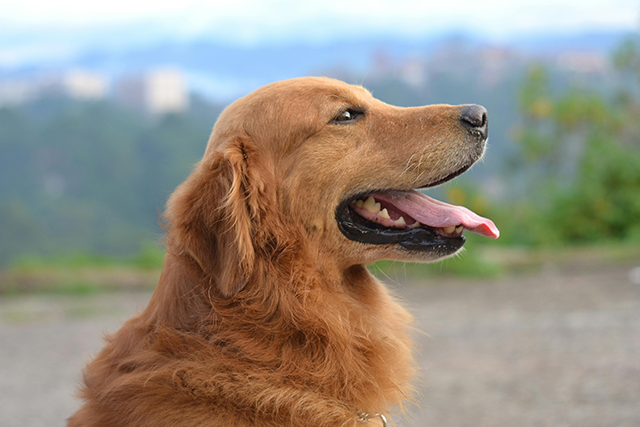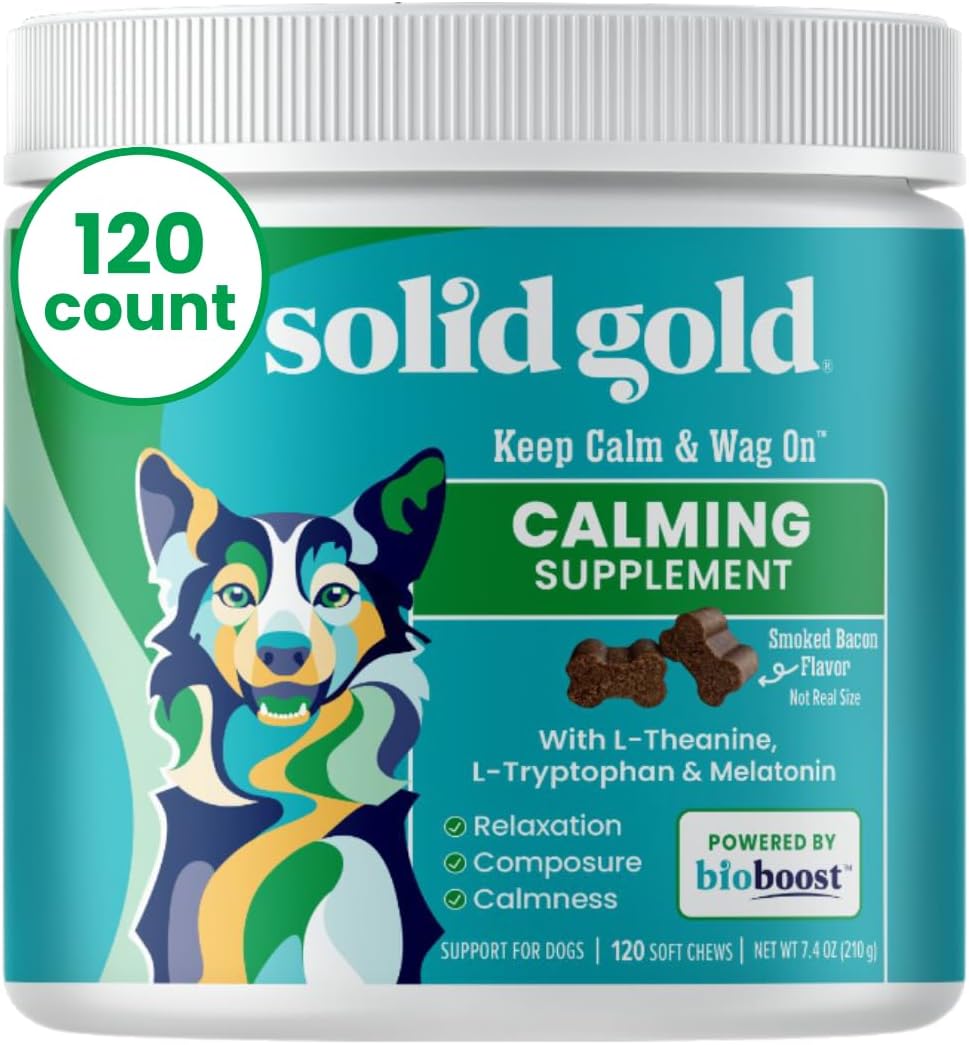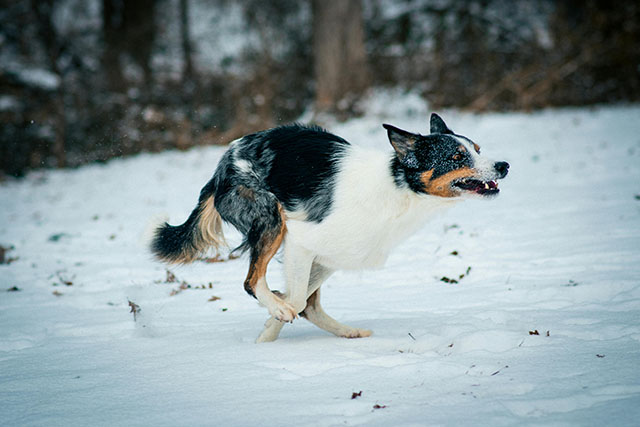Dogs communicate with us through various actions and behaviors, such as body language, vocalizations, and whining. This form of communication can sometimes leave dog owners feeling concerned or annoyed. It’s important to understand that whining is a way for dogs to express themselves and convey their needs or emotions.
Whether your dog is seeking attention, feeling anxious, in pain, or simply looking for comfort, deciphering the underlying reasons for its whining can strengthen the bond between you and your furry friend. By observing your dog’s body language, environment, and overall well-being, you can better respond to their needs and ensure a harmonious relationship with your canine companion.
What Does It Mean if a Dog Whines?
Dog whining can signify various needs or emotions. Understanding these can immensely improve the communication between you and your canine friend. Here are some of the reasons why dogs might whine:
Seeking Attention
Dogs often whine when they desire attention or interaction from their owners. This might be a plea for playtime, petting, or even a conversation.
Feeling Anxious
Anxiety or stress can provoke whining in dogs. Situations such as being in a new environment, hearing loud noises, or separation from their owners can trigger this response.
Experiencing Pain or Discomfort
If a dog whines persistently, it could indicate pain or discomfort. This might necessitate a visit to the vet to rule out any health issues.
Hunger or Thirst
A basic need such as hunger or thirst might lead a dog to whine to communicate its need for food or water.
Desire to Go Outside
Dogs might whine when they want to go outside, either for a bathroom break or to explore their environment.
Learning from Past Experiences
Dogs might learn that whining gets them a desired response from their owners, such as attention or treats, and thus might use it to their advantage.
By tuning into these cues, dog owners can better understand and meet the needs of their canine companions.
Should You Ignore a Whining Dog?
Ignoring a whining dog might seem like a straightforward method to discourage the behavior, but it’s important to consider the potential causes and implications of such an action. Here are some reasons why ignoring a whining dog might not be the best approach:
- Exacerbating Anxiety: If a dog is whining due to anxiety or stress, ignoring them can amplify these feelings, making them feel more isolated or fearful.
- Neglecting Health Issues: Whining might indicate pain or discomfort. Overlooking these signals could lead to untreated health problems that may worsen over time.
- Missed Training Opportunities: Whining can be a teachable moment. Ignoring it without addressing the underlying cause or teaching alternative behaviors misses out on important training opportunities.
- Strengthening Unwanted Behavior: If a dog learns that whining is eventually attended to after prolonged periods of being ignored, it could reinforce the behavior, making it more frequent or intense.
It’s crucial to approach a whining dog with patience and understanding, seeking the root cause and addressing it appropriately to maintain a happy and healthy relationship with your pet.
How Can You Tell if Your Dog is in Pain?
Recognizing when your dog is in pain is crucial to taking swift action and providing them with the care they need. Dogs often hide their pain, so knowing the subtle signs is important. Here are some indicators and steps to take if you suspect your dog is suffering:
- Changes in Behavior: A dog in pain might exhibit behavior that’s out of character, such as increased aggression or withdrawal from social interactions.
- Altered Posture: Look for signs like hunching over, a reluctance to move, or difficulty lying down or getting up.
- Vocalizations: While some dogs may become quieter, others may whine, howl, or growl more frequently when in pain.
- Changes in Eating and Sleeping Habits: A loss of appetite or unusual sleeping patterns can also indicate discomfort.
- Limping or Reluctance to Walk: Limping or hesitation to engage in usual activities can be a clear sign of pain, particularly if it’s related to joint or muscle issues.
- Excessive Grooming: Dogs may lick their wounds or areas that are causing them pain, leading to bald patches or red, irritated skin.
- Panting, Shaking, or Restlessness: These can be signs of discomfort, especially if they occur without an obvious reason like heat or exercise.
- Changes in Breathing or Heart Rate: A dog in pain might breathe faster than normal, or you may notice an increased heart rate.
Steps to Take if Your Dog is in Pain:
- Observe and Document: Keep a detailed record of changes in your dog’s behavior, physical condition, and routines.
- Reduce Movement: If you suspect physical pain, minimize your dog’s movement to prevent further injury.
- Comfort and Calm: Provide a comfortable, quiet space for your dog to rest. Soft bedding and a calm environment can help ease their discomfort.
- Avoid Self-Diagnosis: While noting symptoms is important, avoid giving any medication without veterinary advice, as this can lead to further complications.
- Contact a Vet: Schedule a visit with your veterinarian as soon as possible to get a professional diagnosis and appropriate treatment plan. Be prepared to provide details of your observations.
By staying vigilant and understanding these signs, you can swiftly address and alleviate your dog’s pain, ensuring they stay happy and healthy.
What to Do When Your Dog is Crying for No Apparent Reason
When a dog cries without a clear reason, it can be perplexing and concerning for a pet owner. First and foremost, it’s important to ensure that all their basic needs—such as hunger, thirst, and the need to go outside—are met. If your dog continues to cry despite these needs being addressed, consider the following steps:
- Provide Comfort: Like humans, dogs sometimes feel needy or seek extra affection. Offering comfort through petting or cuddling can reassure your dog and may cease the crying.
- Engage in Play or Exercise: Boredom or excess energy can sometimes lead to whining or crying. Engaging your dog in playtime or a walk can redirect their energy positively.
- Check for Environmental Stressors: Dogs are sensitive to their environment. Identify and remove any potential stressors, like loud noise or unfamiliar objects that might be causing distress.
- Observe for Consistency: If the crying becomes a regular occurrence without evident cause, it’s crucial to start monitoring when and where it happens to identify possible patterns or triggers.
- Consult a Veterinarian: If no apparent solution mitigates the crying, or if you suspect it might be due to pain or discomfort despite no observable signs, consulting with a veterinarian is critical. They can conduct a thorough examination to rule out any underlying issues.
By noting and addressing your dog’s cry for attention without directly rewarding the behavior, you help prevent it from becoming a habitual method for your dog to seek attention. Always approach such situations with patience and attentiveness to ensure the well-being and happiness of your canine companion.
How Can I Calm My Dog Down from Anxiety?
Anxiety in dogs can manifest in various ways, and understanding how to address it can significantly improve your dog’s quality of life. Here are actionable steps you can take to help calm an anxious dog:
- Create a Safe Space: Offer your dog a dedicated safe place, like a cozy crate with a WAYIMPRESS bed crate pad mat, where it can retreat when feeling overwhelmed. This space should be accessible to it at all times.
- Use Calming Supplements or Pheromones: Consider using over-the-counter calming supplements such as Solid Gold Calming Chews. This product can help reduce anxiety in some dogs by emitting scents that mimic the pheromones mother dogs produce to calm their puppies.
- Implement a Routine: Dogs thrive on routine, which gives them a sense of security. Try to keep a consistent schedule for feeding, walks, and bedtime.
- Desensitization and Counterconditioning: Gradually expose your dog to the source of their anxiety in a controlled way, rewarding them for calm behavior in its presence. This process can help change your dog’s association with these triggers from negative to positive.
- Physical Exercise: Regular physical activity can help reduce anxiety by burning off excess energy and producing calming chemicals in the brain.
- Mental Stimulation: Engage your dog’s brain with training exercises, puzzle toys like Nina Ottosson by Outward Hound Lickin’ Layers Interactive Dog Puzzle Game, or new tricks. Mental fatigue can be as effective as physical exercise in inducing calmness.
- Consider Professional Help: If your dog’s anxiety is severe or does not improve with these strategies, consulting with a veterinarian or a professional dog trainer who has experience with anxiety issues might be necessary. They could suggest behavior modification training or even prescribe medication to help manage the anxiety.
By understanding and addressing the root causes of your dog’s anxiety, you can help them lead a happier and more relaxed life.
Ensuring a Lifetime of Happiness and Health for Your Furry Friend
In the grand tapestry of dog ownership, understanding and addressing your canine companion’s emotional and physical needs is paramount. Recognizing the signs of discomfort and anxiety and knowing how to act swiftly and appropriately can dramatically improve the quality of your pet’s life. By integrating the practices mentioned above into your daily routine, you not only cultivate a deeper bond with your dog but also ensure their well-being and happiness.
A healthy dog is a happy dog, making for a fulfilled and content owner. As we strive to enrich the lives of our four-legged friends, we inadvertently enhance our own, making every moment spent together a cherished memory.
Jessica is a veterinary medicine student who is passionate about animals. Living with her cherished dog, Milo, deepens her understanding of the human-animal connection, enhancing her empathy as a future veterinarian.
Jessica’s concise articles reflect her dedication to improving the lives of animals and those who care for them, making her an inspiring figure in the pet care field.







